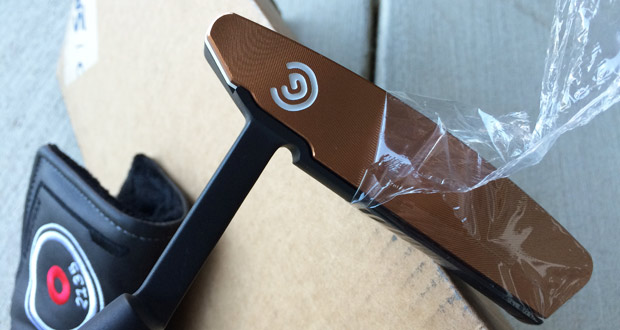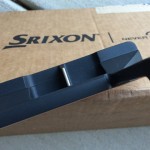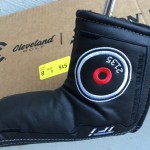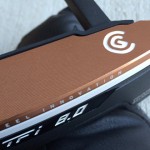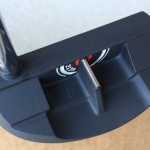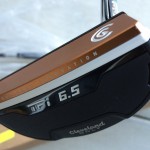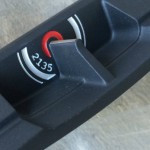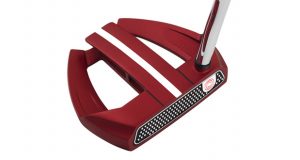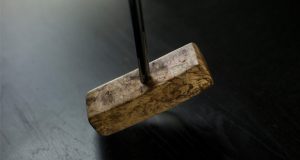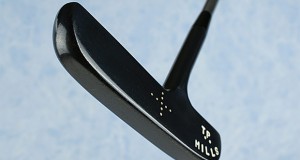It’s turning into Cleveland Golf week here at PutterZone, and why not? When you release an affordable putter with an exciting new technology, you’ve earned center stage.
On that note, we were excited to get our hands on the new Cleveland TFi 2135 putters this week after our interview with Cleveand Golf’s Adam Sheldon explaining the 2135 alignment technology.
Remember, this is more of a first impression than an in-depth review, which will come later. But our first impression is that these sticks are pretty sweet, especially for the price: $129 for the #1 blade and #6.5 mid-blade, and $169 for the #8 counterbalanced blade.
First off, the aesthetic presentation of these putters is strong (hey, we’ll get to the technology, but looks are what jump out first when you unbox a stick!). You’ve got the copper TFi face cap over a white copolymer insert for what Cleveland calls “True Feel Innovation (TFi).” The putter head is mainly matte black with spots of gloss. The Winn grip features some cool texturing at the points of finger and thumb pad contact. The head cover is similarly thoughtful, with an understated black-on-black Cleveland Golf logo embroidered along the top, and the 2135 target image embroidered along the side. Subtle white stitching and black thread ornamentation further enhance the look. All together, there’s a very polished, high-tech vibe to these putters that belies their affordability.
Now, as you can see, one thing really sticks out in these photos, and that’s the raised sightline. Whereas most sightlines are simply grooved along the flange or etched atop the crown, the sightlines on the 2135 putters are precisely raised to a height of 21.35 millimeters off the ground. As we explained earlier, this height exactly matches the radius of the golf ball. A traditional sightline can play tricks on the eye, depending on how you set up to your putt. But with the raised 2135 sightline, the optics are always pure, allowing you to match the center of the putter face with the center of the ball every time, whether you set up with your eyes inside the target line, over the target line or even beyond it.
We’ve spent a lot of time here trying to make golfers care about the fit of their putters (in fact, we even wrote a book on putter fitting). As we’ve learned, it can be an uphill battle. The simplest solutions are the best, and this 2135 sightline appears to be one of them. It offers a custom alignment fit that doesn’t require any actual fitting or hardware adjustments. It just follows your eyes and provides center-to-center optical feedback every time you address the ball.
After the unboxing, we put this alignment concept to the test. We took a traditional blade with a sightline on the flange. We set up with our eyes directly over the ball and aligned the sightline with a line drawn around the center of the ball. Then we backed our heads up just slightly to mimic an inside-the-line setup and sure enough, the visual changed. From this second position, the eyes wanted us to push the putter slightly away from the body to get the sightline to visually line up with the center of the ball. But this action placed the actual center of the ball more toward the heel of the putter. But with the 2135 putter, this optical trick vanished. We moved our eyes from inside the line to over the line to beyond, and the 2135 sightline remained visually centered with the ball.
At the end of the day, some golfers may prefer the more pronounced alignment help found in putters such as the Cleveland SmartSquare, Odyssey 2-Ball or Rife 2-Bar.
But for golfers who prefer the cleaner look of a traditional blade, the TFi 2135 putters offer groundbreaking insurance and assurance that every putt is properly aligned.
 PutterZone – Best Putter Reviews
PutterZone – Best Putter Reviews
